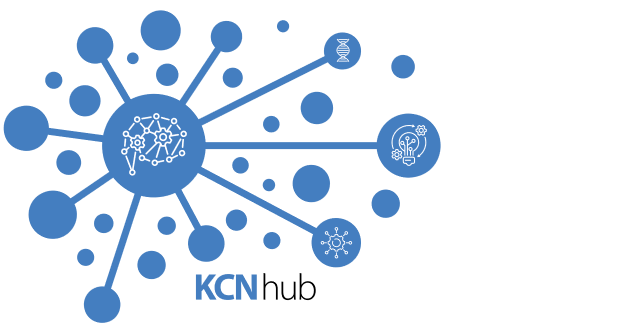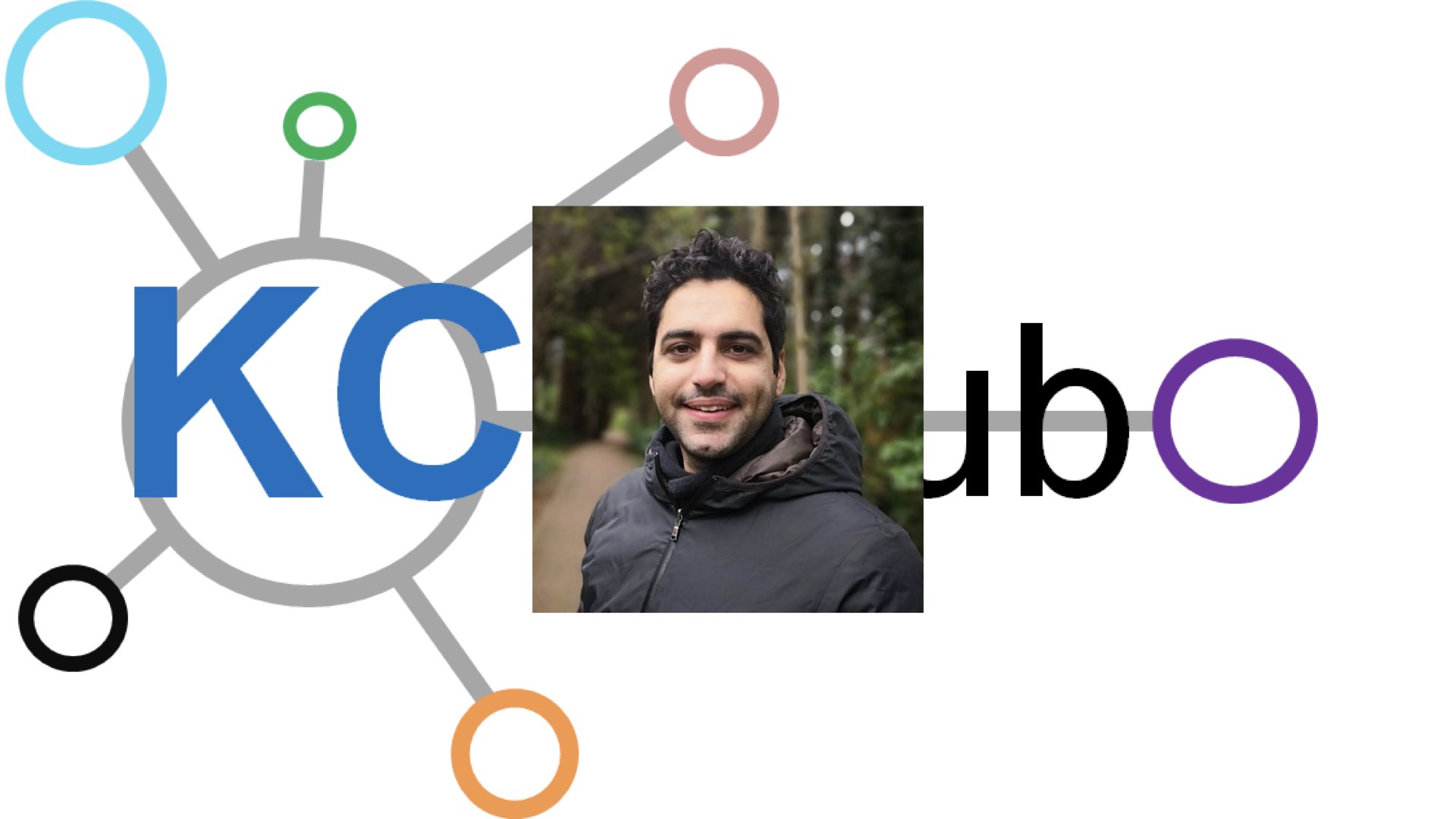Biophysically-realistic network modeling of deep brain stimulation and the role of computational neuroscience
Abstract:
In this seminar, I will talk about high frequency deep brain stimulation (DBS) of the subthalamic nucleus (STN), which is an established clinical therapy for patients with medically refractory Parkinson’s disease (PD). DBS is known to suppress excessive beta band (∼13–30 Hz) activity of the motor cortex in PD. While the mechanisms of action of STN DBS are not well-understood, strong evidence supports a role for cortical network modulating effects elicited by antidromic activation of cortical axons via the hyperdirect pathway.
A spiking model of the thalamo-cortical microcircuit was developed to examine modulation of cortical network activity by antidromic STN DBS, mediated by direct activation of deep pyramidal neurons (PNs) and subsequent indirect activation of other thalamo-cortical structures.
Increasing and decreasing synaptic coupling strength between different layers of the model led to increased beta activity and neural synchrony, as observed in PD. High frequency DBS desynchronized correlated neural activity, resulting in clusters of both excited and inhibited deep cortical PNs. The emergence of additional frequency components in the local field potential (LFP), and increased power at subharmonics of the DBS frequency as observed in patients with dyskinesia during DBS, occurred under different stimulus amplitudes and frequencies. While high-frequency (>100 Hz) DBS suppressed the LFP beta power, low-frequency (<40 Hz) DBS increased beta power when more than 10% of PNs were activated, but reduced the total beta power at lower levels of neural activation.
The results suggest a potential mechanism for experimentally observed alterations in cortical neural activity during DBS via the propagation of DBS stimuli throughout the cortical network, modulated by short-term synaptic plasticity, and the emergence of resonance due to interaction of DBS with existing M1 rhythms by engaging feedforward-feedback loops.
During the talk, I will also present our recent data analysis works covering PD research such as simultaneous network modulatory effects of medication and DBS, and phase-amplitude coupling observed in PD patients during different tasks in STN LFPs.
Brief Bio:
AmirAli Farokhniaee did his Bachelor degree in atomic-molecular physics at University of Tehran, Iran, and continued his grad studies in the USA beginning at Florida Atlantic University, Boca Raton, Florida, and obtained his PhD degree in physics from University of Connecticut, CT. His research focus at the time was simulation and analysis of gradient frequency neural networks, with an emphasis on auditory neuroscience and sound/music perception applying rules of theoretical and computational neuroscience.
AmirAli is now the consultant for Grigioni foundation for Parkinson’s disease based in Italy and a senior researcher in the group of Prof. Ioannis Isaias, University Hospital Wurzburg, Germany, where they analyze brain signals such as local field potentials and EEG of the human gait during different movement tasks.
See below for link to join via zoom:
Join Zoom Meeting
Time: May 24, 2022 09:30 Eastern Time (US and Canada)
https://utoronto.zoom.us/j/87859216530
Meeting ID: 878 5921 6530
Passcode: 528529

